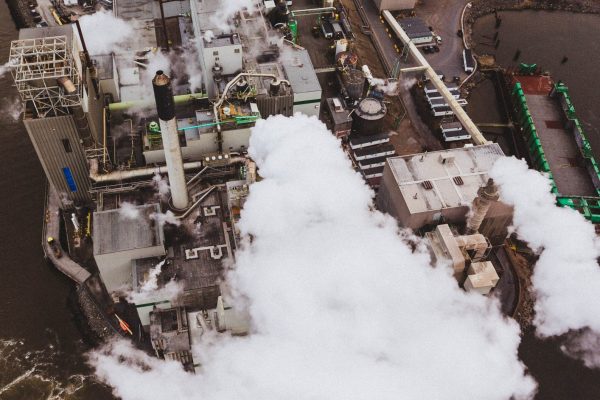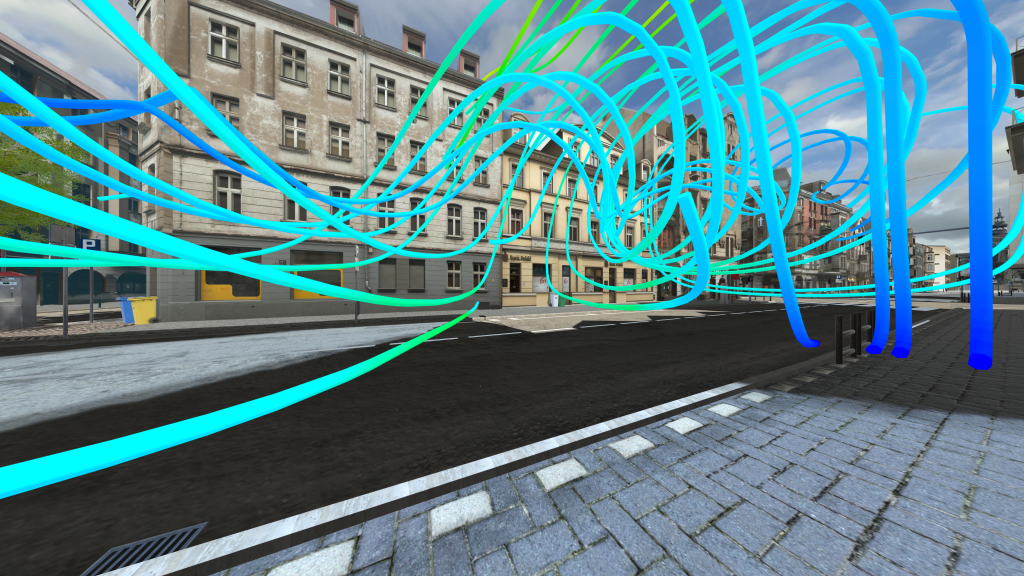Air quality and sustainable energy in cities
It is estimated that more than one billion people are exposed to outdoor air pollution annually. Numerous scientific studies connect particle pollution exposure to health issues such as asthma attacks, irregular heartbeat, reduced lung function, shortness of breath, certain forms of cancer, and the premature death of people with heart and lung diseases. According to the European Environment Agency (13/2017 report), in 2015 there were 332,000 premature deaths attributed to PM2.5 in EU-28, and 229,000 premature deaths attributed to NO2 (Nitrogen dioxide). WHO (World Health Organization) General Director, Dr Tedros Adhanom, has sounded the alarm to tackle the epidemic of air pollution.
PM10 and PM2.5 are small particles in the air, mostly generated by road traffic, heating and agricultural processes; they penetrate into our lungs, via blood and other organs. In order to help local governments to overcome the problem, and to raise citizens’ awareness, a deep understanding of contamination dispersion under local conditions is necessary. In general, numerical modelling, i.e. a computational program that solves numerical equations, can be used to predict how contaminations spread through cities under different weather conditions. To this end, we couple global scale forecasts with local ones. Detailed local data, such as topography, urban building geometry and emission sources, complemented with global forecasts from the “outside” world, provide maximum precision for numerical contaminations dispersion predictions. The EULAG application is capable of modelling the dispersion of different chemical species, coming from different emission sources. Those are i) point sources, representing mostly smokestacks, ii) line sources used for modelling of traffic emissions and iii) surface sources which can reflect emission related to land usage, for example garbage dump, or heating installations. This air quality application is able to use certified air quality monitors, as well as personal air quality sensors, to improve air quality prediction in complex urban environments, for higher city quality of life. The application also supports urban planning processes to analyse the influence of road-traffic reorganisation or new investments in air quality.
Environmentally friendly energy sources are becoming more and more popular. The finite amount of fossil fuels on Earth and global warming warnings make humanity aware of the importance of this problem. Some types of power plants that exploit renewable energy sources, such as wind farms or those based on photovoltaic panels, are severely dependent on weather conditions. Detailed weather predictions are an important source of information for plant operators (e.g. wind speed and direction for wind farms or insolation for photovoltaic systems), as they allow estimation of energy production within a selected future time period.
The very same numerical model, EULAG, is used for sustainable energy modelling. This approach was developed in cooperation with a large Polish energy operator. The investigation is related to wind farms, each having up to 20 wind turbines. Local simulations are performed using the EULAG application, which allows the simulation of each turbine separately. Final simulation results are combined with wind turbines energy production profile to predict the amount of energy that will be produced under given weather conditions. The EULAG application delivers greater efficiency in the renewable energy prediction market, arising from the ability to more accurately predict the weather conditions (incoming solar radiation wind) in support of intraday and day after trading activities.
The EULAG model is a CPU-demanding and time-consuming application. Studies involving modelling air quality and sustainable energies, were conducted using the Eagle/Orzeł Supercomputer and computing facilities of the Poznan Supercomputing and Networking Center. Such simulations use thousands of cores to provide detailed analyses within a required time frame. To provide detailed, accurate prediction, the simulation resolution is increased, thus requiring vast computational power to solve complex physical phenomena at smaller scales. For plant operators it is necessary to obtain possibly precise predictions for future days, taking into account local environmental conditions such as topography. In such situations, Eagle/Orzeł resources allows for precise prediction at a given time.Scientists: Michal Kulczewski M.Sc., Wojciech Szeliga M.Sc.



